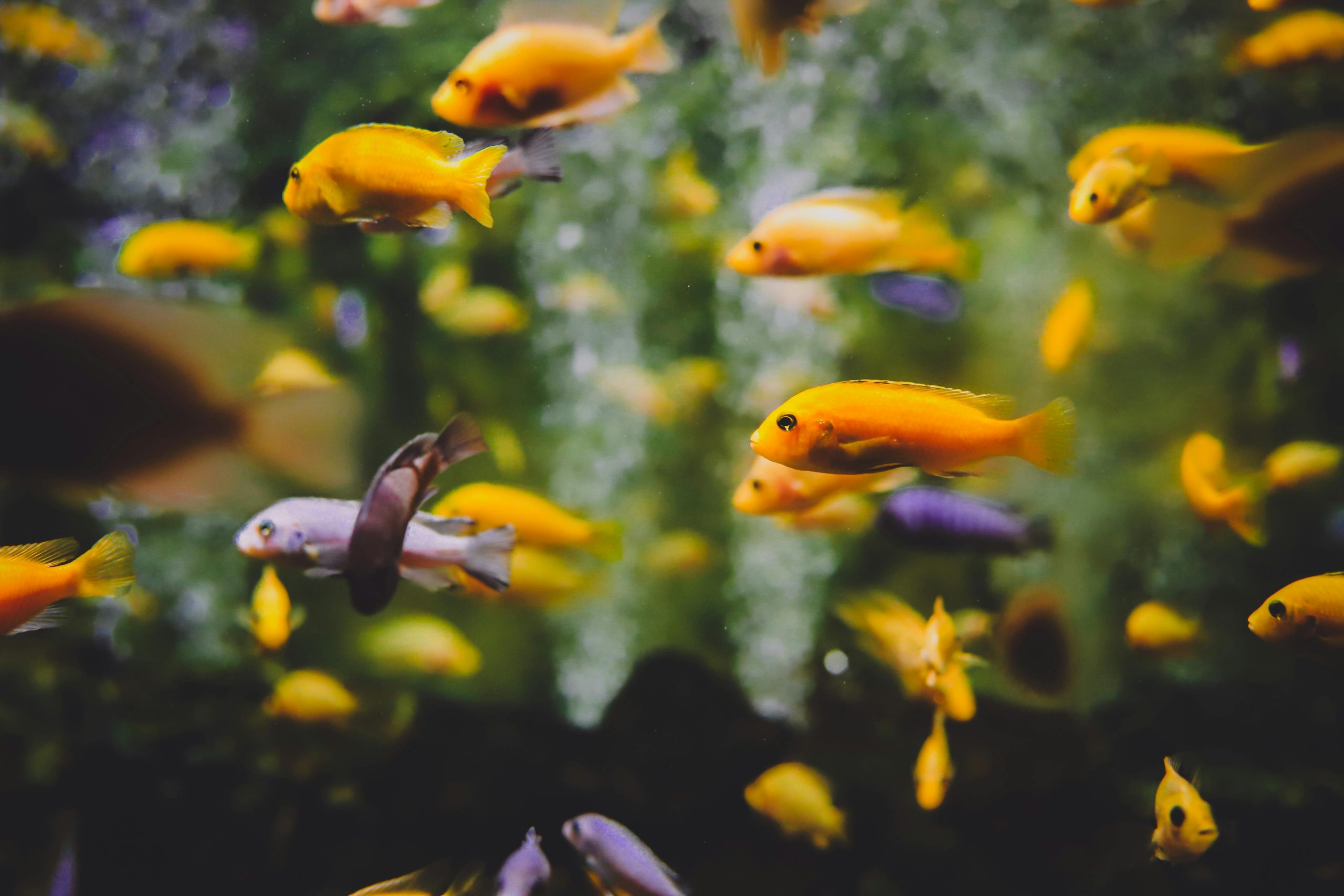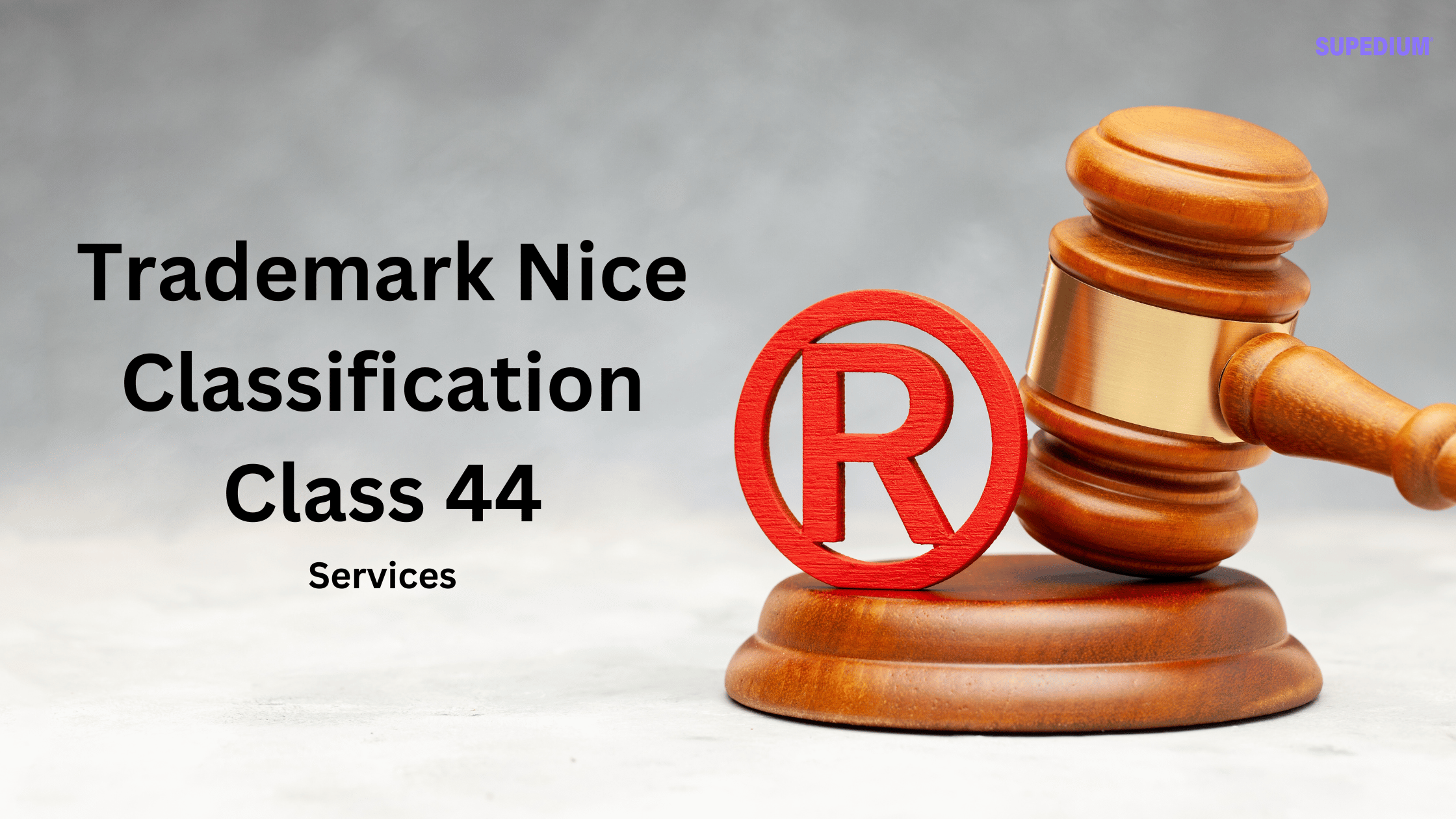Table of Contents
![]()
Introduction
Invertebrates, creatures without a backbone, play a vital role in aquarium ecosystems. These fascinating organisms add complexity, beauty, and balance to aquatic environments. This article will explore the various types of invertebrates commonly found in aquariums, their benefits, care requirements, and common challenges associated with them.
Types of Invertebrates Commonly Found in Aquariums
Crustaceans
Shrimp Shrimp are among the most popular invertebrates in home aquariums. Common species include Cherry Shrimp and Amano Shrimp. Cherry Shrimp, known for their vibrant red coloration, are excellent algae eaters and add a splash of color to the tank. Amano Shrimp, named after the famous aquascaper Takashi Amano, are also effective algae consumers and are appreciated for their clear, translucent bodies. These shrimp help maintain tank cleanliness and provide an engaging dynamic as they scavenge for food.
Crabs Crabs, such as Fiddler Crabs and Ghost Crabs, add a unique dimension to the aquarium. Fiddler Crabs are recognized by their asymmetrical claws, with one being significantly larger than the other. They require a terrestrial environment within the tank, often involving a land area to climb and burrow. Ghost Crabs are smaller and more reclusive, spending much of their time hiding among rocks and substrate. Both types of crabs contribute to the tank’s ecosystem but need careful management of their habitat requirements.
Isopods Powder Blue Isopods are an example of these small, often overlooked invertebrates. They are valuable for their role in breaking down organic matter, thus helping to maintain water quality. These creatures are generally easy to care for and can coexist peacefully with other tank inhabitants.
Mollusks
Snails Snails, including Nerite Snails and Mystery Snails, are essential for algae control and substrate cleaning. Nerite Snails are particularly effective at consuming algae and come in various patterns and colors. Mystery Snails are larger and have a more varied diet, including detritus and uneaten food. Both types contribute to tank cleanliness and are relatively low-maintenance.
Clams Clams, such as Tridacna Clams, are filter feeders that help in maintaining water clarity by removing small particles and plankton from the water. They require stable, clean water conditions and adequate light for their photosynthetic symbionts. Clams can add a touch of elegance to the aquarium with their colorful mantles and unique behaviors.
Echinoderms
Starfish Starfish, or sea stars, are intriguing additions to an aquarium. The Chocolate Chip Starfish, for example, has a striking appearance with its dark, chocolate-colored spots. Starfish are primarily scavengers, feeding on detritus and other organic matter. However, they require a well-established tank and specific water conditions to thrive.
Sea Urchins Sea Urchins, such as Tuxedo Urchins and Diadema Urchins, play a crucial role in algae management. Tuxedo Urchins are known for their distinctive spines and their ability to control algae growth. Diadema Urchins are more spiny and require larger tanks due to their size and potential for damage to delicate corals. Both types contribute to the tank’s ecological balance.
Cnidarians
Corals Corals are not only beautiful but also essential for creating a balanced reef ecosystem. Soft corals, such as leather corals and zoanthids, are generally easier to care for and add a dynamic range of textures and colors to the tank. Hard corals, including SPS (Small Polyp Stony) and LPS (Large Polyp Stony) corals, require more specific water parameters and lighting but contribute significantly to the tank’s structure and biodiversity.
Anemones Anemones, like the Bubble Tip Anemone and Rose Anemone, offer both aesthetic appeal and functional benefits. They provide shelter for various fish species and establish symbiotic relationships with clownfish. However, anemones can be challenging to care for due to their need for stable water conditions and their potential to sting other tank inhabitants.
Benefits of Invertebrates in the Aquarium
Ecosystem Balance Invertebrates are crucial for maintaining the balance of the aquarium ecosystem. They help manage algae growth by grazing on algae, reducing its presence and keeping the tank clean. Additionally, they assist in waste management by breaking down organic matter, thus contributing to overall water quality.
Aesthetic Value The presence of invertebrates adds visual interest to the aquarium. Their diverse colors, patterns, and movements create a dynamic and engaging environment for both the aquarium owner and the viewers. The unique behaviors of invertebrates, such as the graceful movement of a starfish or the busy foraging of shrimp, enhance the tank’s appeal.
Educational Value Observing invertebrates offers valuable educational opportunities. Their varied behaviors, interactions with other tank inhabitants, and roles in the ecosystem provide insights into marine biology and ecology. Aquarium enthusiasts can learn about symbiotic relationships, feeding strategies, and the importance of biodiversity through their observations.
Care and Maintenance
Water Parameters Invertebrates often have specific water requirements. For example, corals and clams need stable salinity and pH levels, while shrimp and snails may tolerate a broader range of conditions. Regular monitoring and adjustment of water parameters are crucial for maintaining the health of invertebrates.
Tank Environment Creating a suitable habitat is essential for the well-being of invertebrates. The substrate, decor, and overall tank layout should cater to the needs of the species housed. For instance, crabs need both aquatic and terrestrial areas, while corals require stable structures and appropriate lighting.
Feeding Requirements Feeding invertebrates varies by species. Shrimp and crabs may scavenge for leftover food, while clams filter feed from the water. Providing a balanced diet that meets the specific needs of each invertebrate is crucial for their health and longevity.
Common Challenges
Compatibility Issues Invertebrates may have compatibility issues with other tank inhabitants, particularly aggressive fish or species that may prey on them. It is important to research the specific needs and behaviors of each invertebrate to ensure harmonious coexistence within the tank.
Health and Diseases Invertebrates are susceptible to various health issues and diseases. Observing for signs of stress or illness, such as changes in behavior or appearance, is crucial. Treatment may involve adjusting tank conditions or providing specific medications.
Overpopulation Overpopulation of invertebrates can lead to imbalances in the tank. Managing population growth through regular monitoring and control measures, such as adjusting feeding practices and removing excess individuals, helps maintain a healthy aquarium environment.
Conclusion
Invertebrates bring a unique and essential dimension to aquarium ecosystems. Their diverse forms, functions, and behaviors enhance the balance, beauty, and educational value of the tank. By understanding their needs and maintaining suitable conditions, aquarium enthusiasts can enjoy the vibrant and dynamic world of invertebrates.
Share This





Be the first to comment